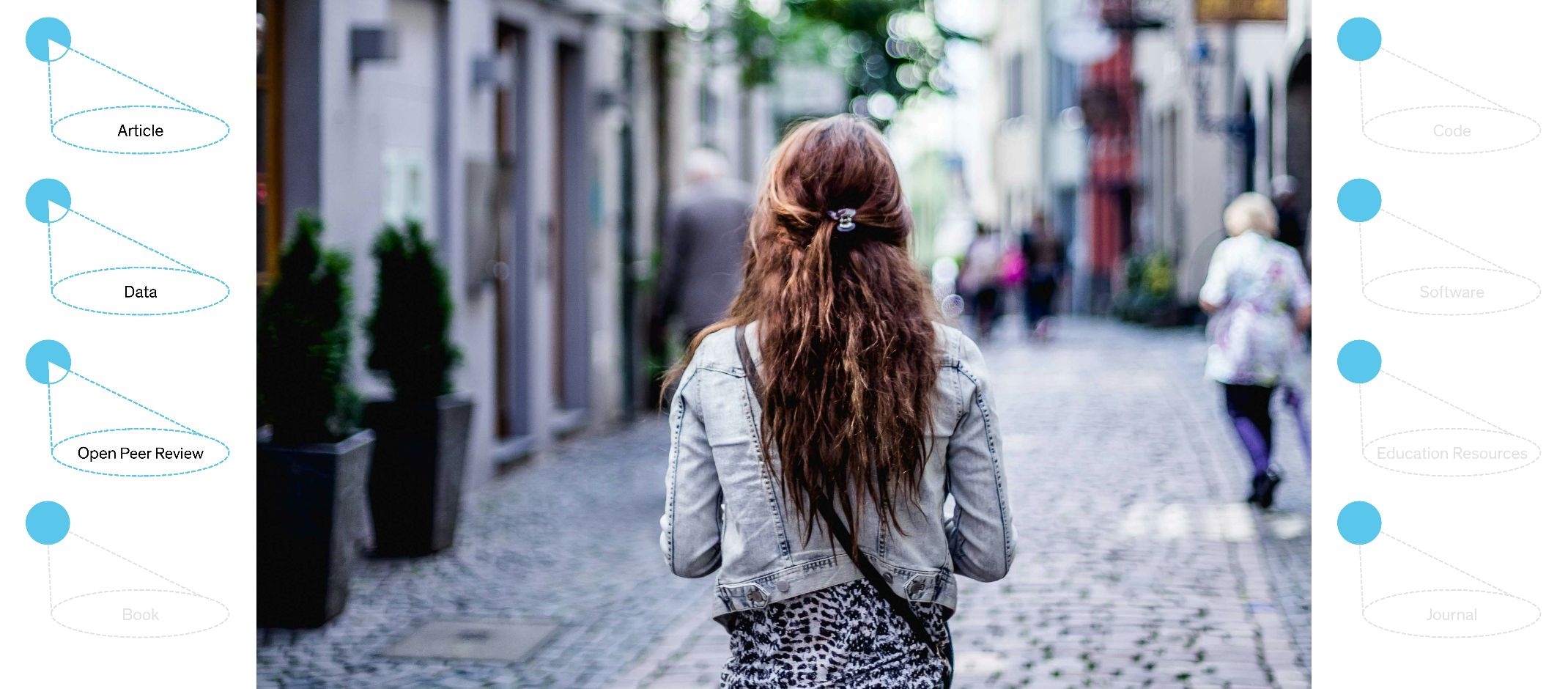Social participation and walkability

Do people who can easily walk to everything in their neighbourhood participate more in local social life? And are they more physically active and satisfied with their surroundings? To answer these questions, researchers from the University of Konstanz surveyed 219 people from twelve quarters of Stuttgart with different levels of "walkability", i.e. pedestrian-friendliness and local conditions promoting active mobility. The survey data as well as the respective open access article are freely accessible.
The surprising results of the study: Respondents from quarters with high and low walkability did not differ with regard to their social participation, active mobility and perceptions of their own neighbourhood. However, in areas with low walkability, there is a stronger connection between these variables. Thus, by promoting active mobility and positive perceptions of a neighbourhood, urban planning could be used to foster the social participation of local residents.
You can download the article "Social participation in the city: exploring the moderating effect of walkability on the associations between active mobility, neighborhood perceptions, and social activities in urban adults" (DOI: 10.1186/s12889-023-17366-0) for free on the BMC-Website. The peer review reports are also freely available on this page.
The survey dataset for the project (DOI: 10.48606/52) is freely available from KonDATA.

